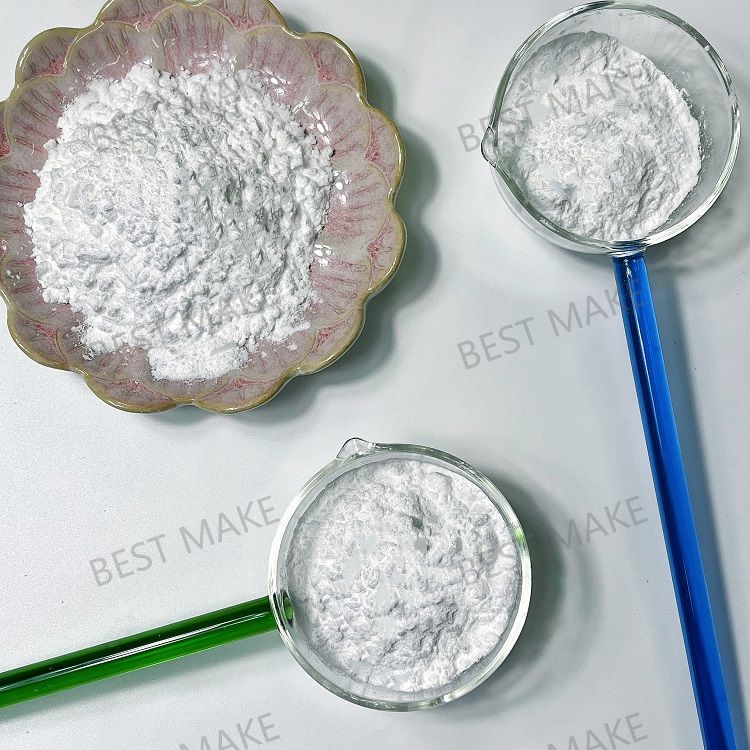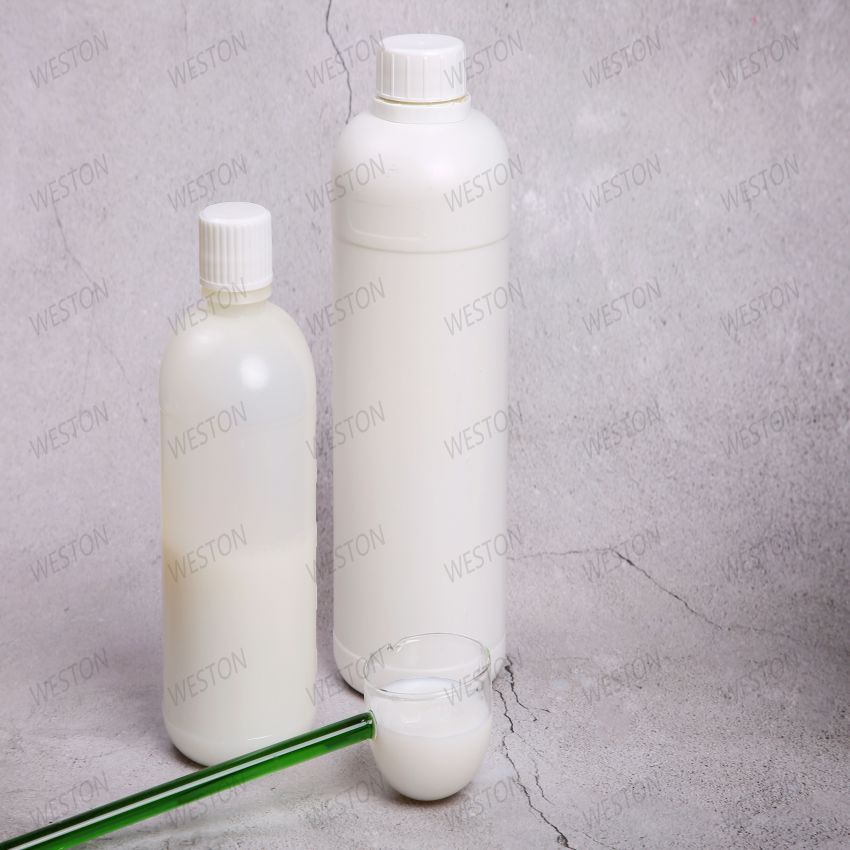-
Categories
-
Pharmaceutical Intermediates
-
Active Pharmaceutical Ingredients
-
Food Additives
- Industrial Coatings
- Agrochemicals
- Dyes and Pigments
- Surfactant
- Flavors and Fragrances
- Chemical Reagents
- Catalyst and Auxiliary
- Natural Products
- Inorganic Chemistry
-
Organic Chemistry
-
Biochemical Engineering
- Analytical Chemistry
- Cosmetic Ingredient
-
Pharmaceutical Intermediates
Promotion
ECHEMI Mall
Wholesale
Weekly Price
Exhibition
News
-
Trade Service
6.
1.
2.
1 Metabolism in the body
(1) Macrolides
MALs are generally well absorbed by oral administration, but attention should be paid to the damaging effect of gastric juice on the drug
.
The absorption of OLE is relatively fast, while the absorption of JOS, ERM and KIT is slow
MALs are widely distributed in the body.
Due to the weak alkalinity and fat solubility of MALs, their distribution is characterized by high tissue-to-plasma ratio (5-10:1) and low blood concentration, but the tissues are distributed in cells and have good migration
.
Its concentration is higher in tissues with low pH, especially lung tissue, generally liver>lung>kidney>plasma, with the lowest concentration in muscle and fat
When taken orally, a small amount of MALs will be acidified by the gastric juice to remove 1 or 2 sugar chains, but in the body, MALs are mainly metabolized in the liver
.
It has been found that the metabolites of TYL in pigs and cattle include tylosin B (acid hydrolysis product), tylosin C (demethylation product), tylosin D (reduction product) and dihydrotylosin B.
(2) Lincosamides
Lincomycin is not completely absorbed by oral administration, and the bioavailability of oral administration in pigs is only 20%-50%, and the blood concentration reaches its peak in about 1 hour; the intramuscular injection is well absorbed, and the blood concentration can reach its peak in 0.
5-2 hours
.
The drug is widely distributed in various body fluids and tissues, including bones, and can also diffuse into the placenta
Oral absorption of clindamycin is better than that of lincomycin, and the time to reach the peak blood concentration is faster than that of lincomycin
.
The half-life of intravenous injection in dogs is 3.
The biggest feature of Lincosamide drugs is that they can penetrate into bone tissue and bile, and the drug concentration in the bone marrow is basically the same as the drug concentration in the blood, and the drug concentration in the bile is 3 to 5 times higher than the drug concentration in the blood.
.
Clinically, lincosamide drugs are the first choice for the treatment of acute and chronic osteomyelitis and liver abscess
6.
1.
2.
2 Toxicology and adverse reactions
(1) Macrolides
MALs can be divided into two groups: late-marketed varieties (JOS, TILM, etc.
) and old varieties (ERM, SPI, etc.
)
.
The old varieties mainly cause gastrointestinal reactions, nervous system toxicity, cardiotoxicity, and occasionally cause kidney damage, ototoxicity, allergic purpura, hypertrophic pyloric damage, liver damage, allergic reactions and other adverse reactions
MALs can cause allergic reactions, anaphylactic shock, and allergic purpura.
In severe cases, it can cause animal allergies to death
.
The literature shows that the incidence of allergic reactions caused by MALs is 8%, the incidence of anaphylactic shock is 2%, the incidence of allergic purpura is about 1%, and the incidence of allergic death is 0.
Epidemiological investigations found that the main mechanism of bacterial resistance to MALs is that methylation of the drug binding site prevents the drug from binding to the target site, reducing the binding efficiency of the drug to the target site, and resulting in drug resistance
.
Other mechanisms include the pump mechanism of the bacterial cell membrane and the drug resistance caused by gene mutations in ribosomal proteins
.
Due to the unreasonable use of clinical drugs, especially the addition of sub-dose antibacterial drugs in the feed, the bacteria exposed to the continuous low concentration of the drug are prone to develop drug resistance under selective pressure, and the methylase (drug resistance) can be expressed.
Factor) bacteria multiply, and through the transfer of drug-resistant plasmids, sensitive bacteria are transformed into drug-resistant bacteria, thereby causing proliferation
.
(2) Lincosamides
Lincosamide drugs are low to non-toxic drugs
.
High-dose oral lincomycin has gastrointestinal reactions, mainly vomiting and diarrhea.
In severe cases, it can produce abdominal cramps, abdominal tenderness, severe watery or pus-like diarrhea, and symptoms such as fever, thirst, and listlessness
.
Rabbits are sensitive to lincomycin and may cause severe reactions or death, so it should not be used
.
Occasionally, lincomycin can cause crystaluria
.
There is no report related to the toxicity of clindamycin
.
Similar lincosamide and MALs antibacterial mechanism, are acting on the 50s subunit of the bacterial ribosome, but lincosamide of Gram-negative bacteria is not valid, it staphylococcus , hemolytic streptococcus and pneumococcus leather Lan's positive bacteria have a strong antibacterial effect
.
Therefore, in the case of irrational use of drugs, under the selective pressure of such drugs, the number of bacterial strains that acquire drug resistance will increase
.
Related Links: Physical and Chemical Properties and Uses of Macrolides and Lincosamide Drugs







